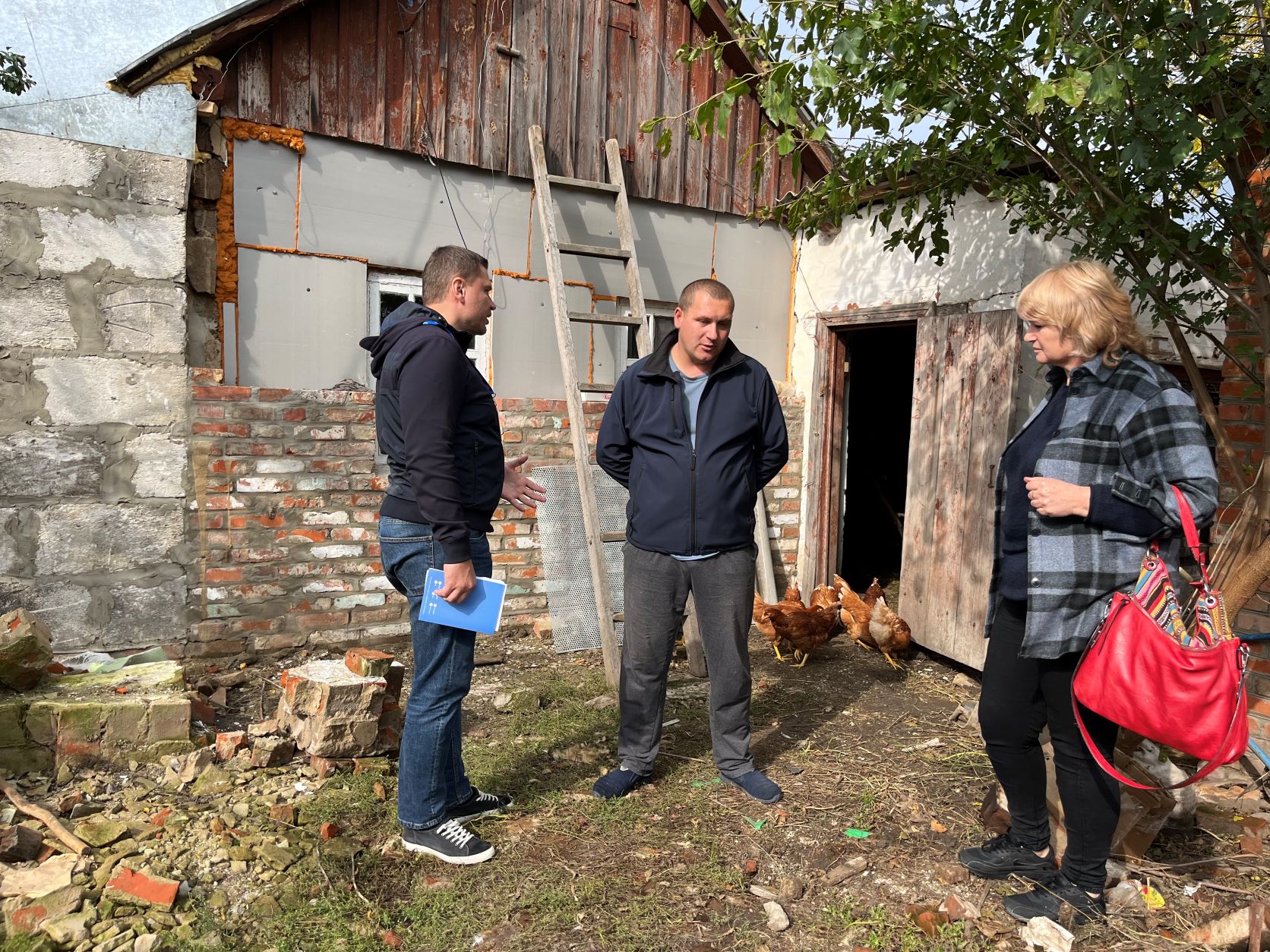Kyiv/Rome – After nine months of war in Ukraine, rural households are increasingly affected by the conflict with many forced to scale down or abandon agricultural activities, according to a new survey released by the Food & Agriculture Organization of the United Nations (FAO).
The Impact of the war on agriculture & rural livelihoods in Ukraine: Findings of a nationwide rural household survey revealed that one in every four of the 5 200 respondents surveyed had reduced or stopped agricultural production due to the conflict. Rural households were interviewed to enhance understanding of the current agriculture & livelihoods situation & needs, particularly in view of the upcoming winter season.
“Ukraine’s agriculture sector is an important source of livelihoods for the roughly 13 million Ukrainians living in rural areas. While around two-thirds of agricultural production is made by enterprises, rural households produce around 32 percent,” said Pierre Vauthier, head of FAO’s Ukraine Country Office. “The report indicates that 25 percent of the Ukrainian rural population involved in agriculture stopped their activities or reduced their output due to the war. The situation is much worse in the most agriculture-dependent regions of Ukraine, where over 40 percent of rural families are affected.”
The impact of the war on the broader production system, characterized by disruptions to value & supply chains & price volatility, has had repercussions on the rural population, underlining their interdependence with the country’s agricultural economy. While the effects of the war are more prominent in the oblasts (regions) along the front line, these are also widely experienced in the rest of the country.
“The report focuses on those households mostly involved in backyard farming & small-scale agricultural production,” said Lavinia Antonaci, coordinator of the assessment. “Although not officially defined as farmers, they play a pivotal role in ensuring the food security, incomes & livelihoods of rural populations by providing for their own food consumption as well as selling products locally, thus contributing to local supply chains.”
Key findings
- One in every four respondents had reduced or stopped agricultural production due to the war, with some oblasts, including Sumska, Dnipropetrovska, Odeska, Chernihivska & Mykolaivska, reporting higher numbers – over 40 percent of the rural households in these regions.
- Increase in agricultural production costs for both crop (72 percent of the households) & livestock (64 percent of the households) activities due to the war were widely felt across the country.
- Over half of the rural households reported a decrease in income from across the country, compared with the same period last year. In the frontline oblasts, this trend was more accentuated: Sumska – 67 percent, Mykolaivska – 65 percent, Donetska – 63 percent, & Zaporizka – 63 percent. Internally displaced persons & returnees are more affected by income decreases.
- With regard to food expenditure, more than half of the rural households interviewed reported to have spent over 50 percent of their total expenditure on food between June & September 2022. In the frontline oblasts, almost one in five respondents (18 percent) declared to have spent over 75 percent of their total household expenditure on food. Across the country as a whole, this figure was around 14 percent.
- On average at national level, around 57 percent of the households interviewed have adopted negative coping mechanisms by spending savings & borrowing money, selling productive assets, reducing expenses on healthcare, or decreasing expenditure on fertilizer, pesticide, animal feed & veterinary care.
- The major difficulties expected in the next few months in terms of agricultural production for both crop & livestock activities are low benefits from sale of products, constrained access to fertilizers or pesticides, fuel or electricity to power equipment, & animal feed.
- Similarly, rural households cited access to seeds, fertilizers & animal feed to be among their greatest needs. Animal feed was most needed in Chernivetska, Donetska, Sumska, Vinnytska, Zakarpatska & Zaporizka oblasts.
As the war persists, the current situation is likely to deteriorate further. Compounded by the winter season & the potential for further internal displacements to rural areas, the coping capacities of the rural population are likely to become progressively strained. It is critical to protect those households from the further deterioration of their productive capacities, which are the foundations of their resilience.
The report notes that support to rural household food production is a means to mitigate the negative impacts of the war on their food security & livelihoods, & will also improve & maintain the hosting capacities of rural households. Revitalizing & sustaining the small-scale agriculture sector will strengthen & secure the contribution of rural households to the broader agricultural system & enhance the benefits they can access in return.
In addition, it is critical to monitor the constantly changing situation & to continue providing complementary assessments & integrated analyses on the impact of the war on Ukraine’s agricultural system to better inform short-, medium- & long-term actions.
来源:农粮组织 FAO
You can Submit Press Release on this site!

